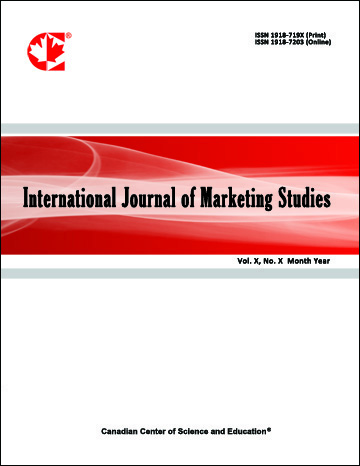Antecedents of Technology Adoption in Learning Environments: Evidence from MENA Higher Education
- Maha Mourad
- Rania S. Hussein
Abstract
Focusing on the emerging economy in the Middle East and North Africa (MENA) region, this paper seeks to examine and test the antecedents of technological innovation adoption in the higher education sector and its impact on the learning environment. This research focuses on the adoption of technological education tools by students, who are the main adopter of technology considered here. A rich model encompassing technology factors, university based factors as well as consumer based factors, is adopted in this research. The model is developed based on three sources that are: Roger’s (2003) innovation adoption model, The Resource -based view of the firm (RBV) and previous literature. The adopted conceptual model highlighted that the adoption decision is based on a combination of perceived attributes of the educational technology, inter-organization factors and consumer factors. Data was collected from a convenient sample of students from three types of universities; public, private and foreign. Thus, the model is testified drawing on the results of empirical work conducted on three top ranked universities in Egypt. It should be noted that Egypt is selected as the country of analysis as it presents the largest educational sector in the MENA region in terms of capacity and structure. Data collection resulted in 300 usable questionnaires. The research model has been tested using Structural Equation Modelling (SEM). Results indicate that attributes of the innovation, institutional factors and market orientation policy were found to have a significant direct impact on technology adoption by students in universities. These findings lead to managerial implications focusing on managing students’ expectations and enhancing the learning environment within the HEIs in the MENA region. The contribution of this research is both theoretical and empirical. At the theoretical level, this research presents a distinctive model that encompasses a wide diversity of factors (technology based, institution based and consumer based) factors to study a rapidly changing topic like technology adoption in an important sector which is the higher education sector. At the empirical level, this research covers three key universities in Egypt and presents important implications on factors to be focused on in order to increase the level of technology use in the higher education sector.
- Full Text:
 PDF
PDF
- DOI:10.5539/ijms.v10n4p51
Journal Metrics
Google-based Impact Factor (2021): 1.34
h-index (July 2022): 70
i10-index (July 2022): 373
Index
- Academic Journals Database
- CNKI Scholar
- EconBiz
- Electronic Journals Library
- Excellence in Research for Australia (ERA)
- GETIT@YALE (Yale University Library)
- Harvard Library
- IBZ Online
- Infotrieve
- JournalTOCs
- LOCKSS
- MIAR
- PKP Open Archives Harvester
- RePEc
- ResearchGate
- ROAD
- Scilit
- SHERPA/RoMEO
- Stanford Libraries
- UCR Library
Contact
- Alyssa SunEditorial Assistant
- ijms@ccsenet.org
